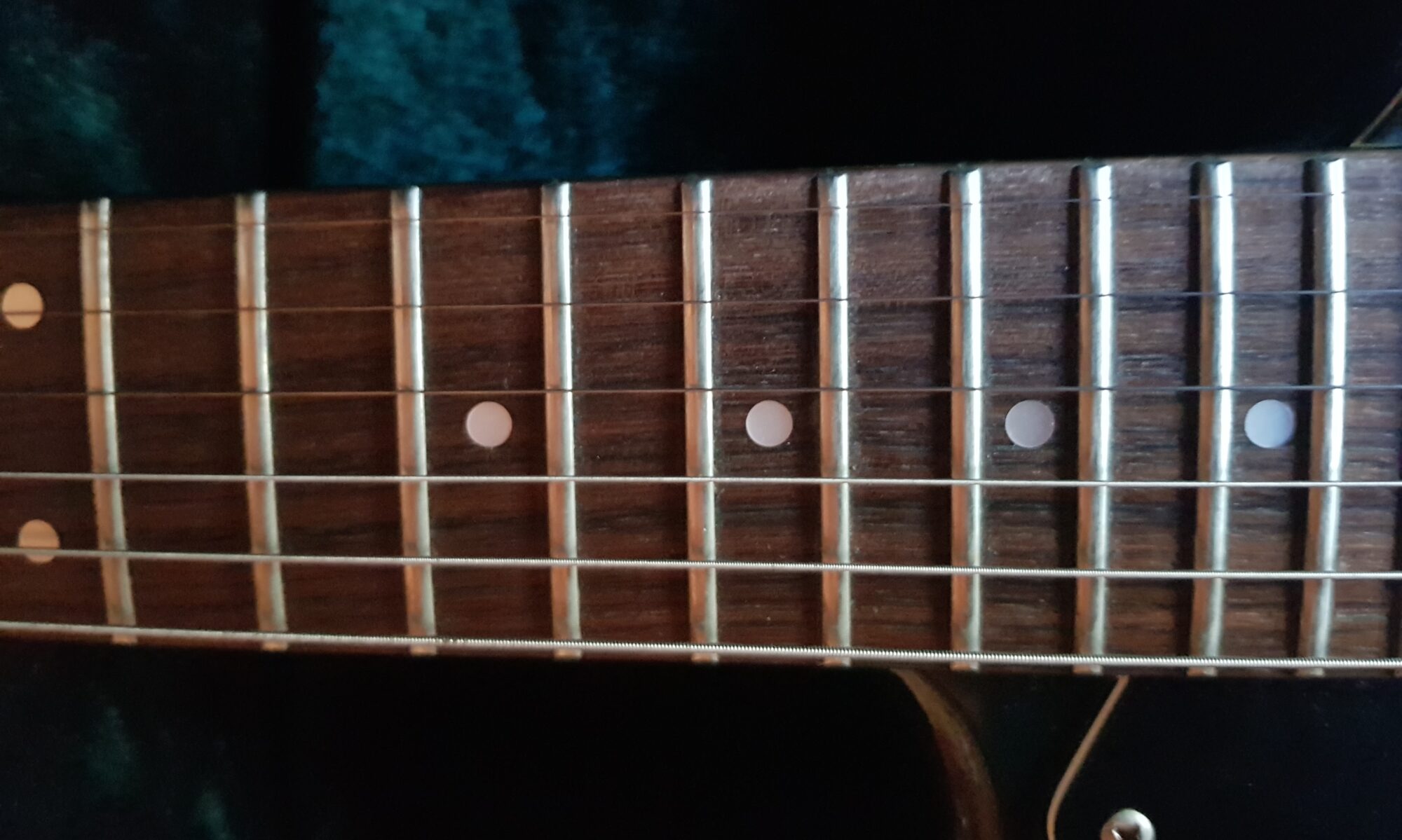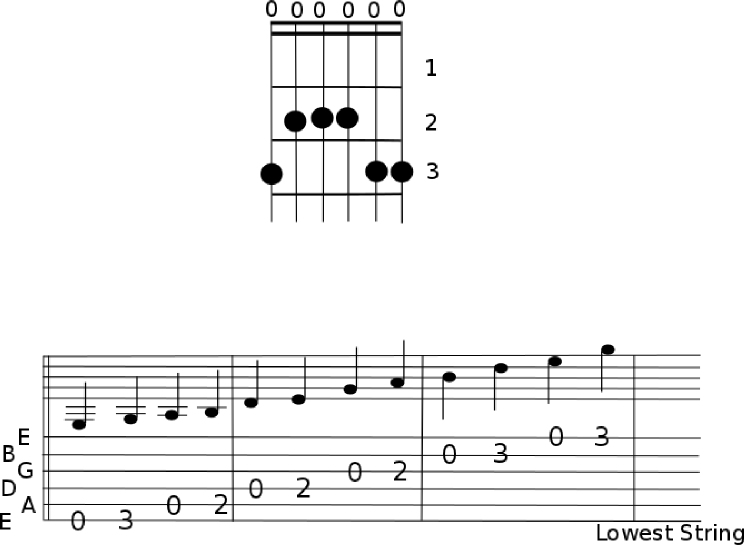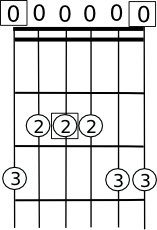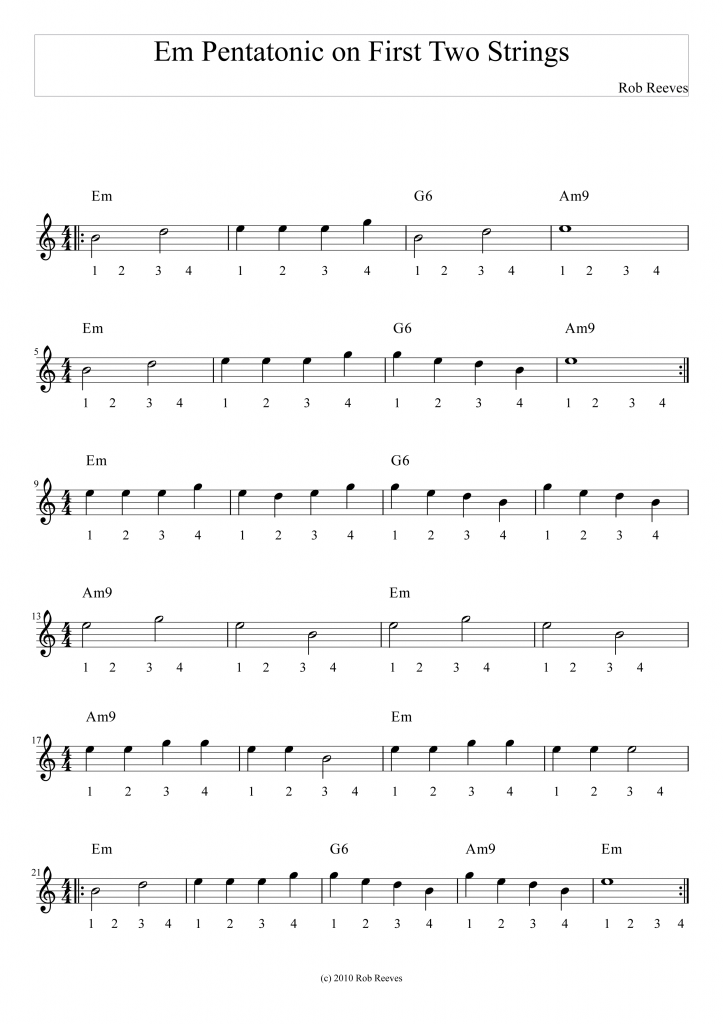Many jazz compositions are built up on the II-V-I progression. An example is the tune Autumn leaves, which alternates between II-V-I progressions in G major and E minor (the relative minor of G). This set of practice tracks will help you to develop your soloing over a major II-V-I and its relative minor II-V-I, such as in Autumn Leaves.
First we will develop skills in the major II-V-I, with a IV chord added at the end. With the added IV chord, we go right around the circle of fourths into the minor II-V- I. Here is a practice backing track for the major II-V-I-IV. Use the G major scale to improvise.
||:Am7 |D7 |Gmaj7 |Cmaj7 : ||
II-V-I-IV-GMajorLoop
Next we develop up our minor II-V-I. Use an E minor scale to improvise – the melodic minor scale with a (C# and D#) is suggested by the melody, however the b5 of the F#m and the b9 of the B7 are C, which indicate the harmonic minor scale. You can also experiment with the natural minor scale (same notes as G major), which gives a #9 sound over the B7. Constructing a melody using the arpeggio notes of each chord (especially 3rds, 7ths and altered tones) on beats 1 and 3, or all down beats in eighth note passages will always sound strong!
||:F#m7b5 |B7 (b9) |Em | : ||
II-V-IEMinorLoop
Now we can alternate between the major and minor, as in the tune autumn leaves:
||:Am7 |D7 |Gmaj7 |Cmaj7 |
|F#m7b5 |B7 (b9) |Em | : ||
|F#m7b5 |B7 (b9) |Em | |
|Am7 |D7 |Gmaj7 |Cmaj7 |
|F#m7b5 |B7 (b9) |Em | |
|F#m7b5 |B7 (b9) |Em | :||
autumnleavesStyleProgressionPracticeTrack
Have fun – and devote plenty of time to working with these practice tracks, as they will give you a solid foundation which will help you in your improvising on many jazz tunes. In a future note I will talk some more about strategies for soloing over these chords!



